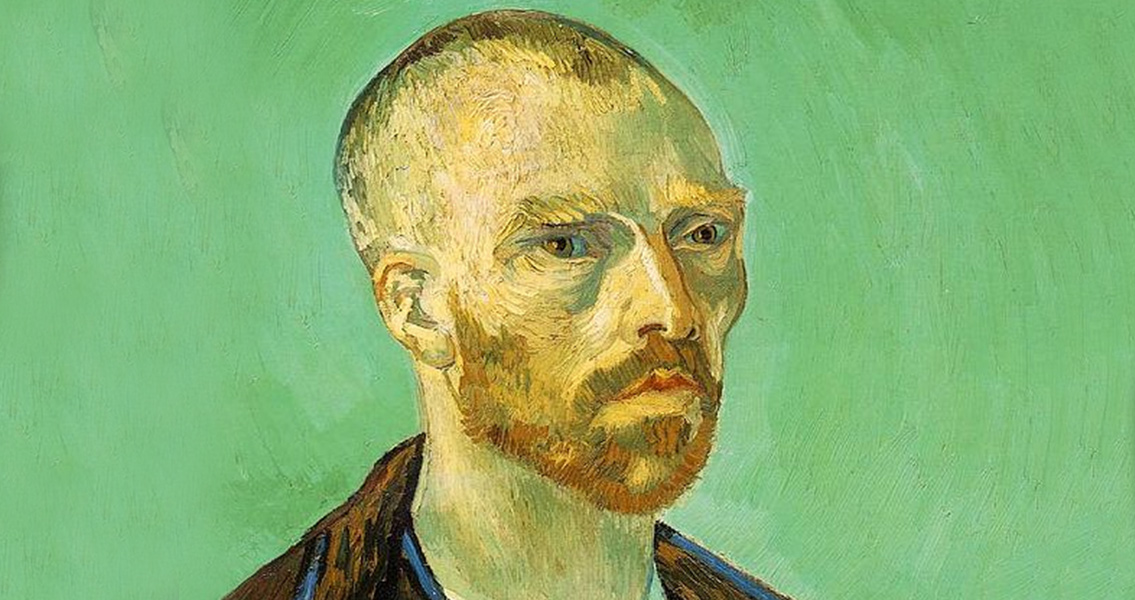<![CDATA[Painter Vincent van Gogh's works are known for their vivid beauty and raw emotion, but he was a troubled individual. It is commonly believed that mental illness drove him to kill himself with a gun in a wheat field. But according to Dr. Vincent Di Maio, those beliefs may have to be reconsidered, as he claims to have found evidence Van Gogh was murdered. Di Maio was a key witness in the controversial trial of George Zimmerman over the shooting of US teenager Trayvon Martin. These new claims were published in December's issue of Vanity Fair magazine, by authors Steven Naifeh and Gregory White Smith, who have long doubted van Gogh's suicide. An expert on gunshot wounds, Di Maio came to his conclusion by first critiquing the words of the son of van Gogh's physician, who stated that the gunshot wound had brown and purple bruising around it. Many assume that the purple area was due to how near the gun was to van Gogh's chest, and the brown was the result of gunpowder burns. Di Maio rubbishes these assertions, stating that the purple halo was due to subcutaneous bleeding from blood vessels cut by the bullet. This is a phenomenon often seen in people who survive for a while after being shot. Di Maio added that the brown marks were actually an abrasion ring, which can often be seen around entrance wounds. Vincent van Gogh didn't begin painting until his late twenties. In just a decade, he produced more than 2,000 artworks, including over 800 oil paintings and more than 1,300 drawings, sketches, prints, and watercolors. The Dutchman's most notable works, such as 'Starry Night' and 'Portrait of Dr. Gachet', were done in the final two years of his life. Some say that works such as 'Sorrow' were heavily influenced by the same mental illness that led to his suicide. One of the most famous episodes of his troubled life came in 1888, when it is believed that van Gogh severed his own ear, gave it to a prostitute at a brothel, and told her to guard it with her life. Some experts doubt the veracity of this story, but van Gogh was certainly prone to extreme psychotic events - so much so that his father considered committing him to a mental health institution at one point. With van Gogh's history of psychological issues, it is easy to believe that he committed suicide due to depression or something similar. But Di Maio and the authors of the Vanity Fair article claim the events of his death have been misconceived. Di Maio says that Van Gogh couldn't have shot himself on his left side with his left hand. And adds that using his right hand would have been even more absurd. In addition, if he had shot himself at such close range, he would have had scorch marks on his hand. Another interesting consideration is that van Gogh had ordered new paints just days before he shot himself - surely unusual behaviour for someone who intended to take his own life? ]]>
Forensic Expert Claims van Gogh Was Murdered
